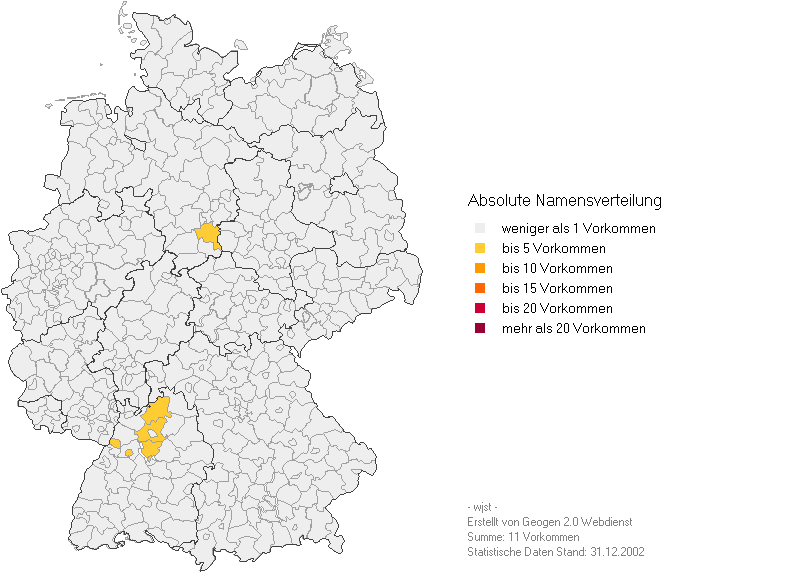Aside from sex hormones, circulating vitamin D – calcidiol – serum levels show a consistent difference between men and women. Ok – I know that
- nuclear receptors are hormone-dependent transcription factors (Drané P, Mol Cell 2004; 16:187)
- 25-OH-D3 hydroxylase is upregulated by estradiol-17 (forgot reference)
- endometrium expresses VDR during cycling (Vigano, J Mol Endo 2006; 36:415)
but what is really responsible for this difference? A new Cell paper now shows that tamoxifen (an estrogen receptor antagonist) disrupts calcium homeostasis in yeast. Yea, yea.
